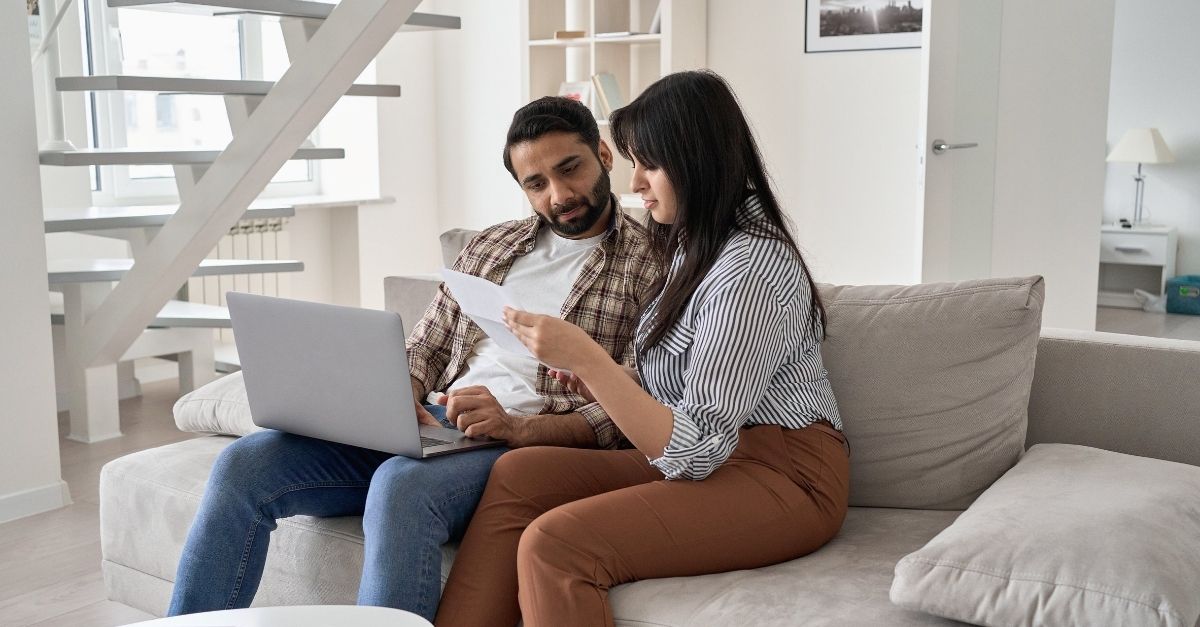Installing a solar PV system is a great way to generate clean energy, reduce your carbon footprint, and save money on your electricity bills. But you might be wondering—do you need planning permission to put solar panels on your home? The short answer is usually no, but there are some important conditions to consider.
In most cases, solar panels qualify as “permitted development,†which means you don’t need to apply for planning permission. However, there are specific rules that must be followed to ensure compliance with local regulations. Understanding these can help you avoid any issues down the line.
This guide will walk you through everything you need to know about planning permission for solar panels, including when it’s required and how to handle it if needed. Whether you're considering rooftop panels or standalone systems, this information will help you make an informed decision.
What is Permitted Development?
Permitted development rights allow certain types of building work to proceed without needing formal planning approval. Solar panels often fall under this category, but they still have to meet specific criteria to remain compliant.
Some of the key requirements include:
- Solar panels should not significantly alter the appearance of the building or its surroundings
- They shouldn’t be installed above the highest point of the roof (excluding the chimney)
- The panels should not extend more than 200mm from the roof or wall surface
- They cannot be placed on listed buildings or within scheduled monuments
- Equipment should be removed once it's no longer in use
If your property is in a conservation area, additional restrictions may apply. It’s always a good idea to check with your local authority before proceeding.
All installers working with Solar Together are MCS accredited and can help ensure your installation meets all necessary planning requirements.
Do Standalone Solar Panels Require Planning Permission?
While Solar Together offers only roof-mounted systems, standalone solar panels have different rules. These must be at least five meters away from the property boundary, not taller than four meters, and the entire array must fit within a 9m x 3m x 3m space.
Also, permitted development rights only apply to the first installation. Any future additions will require planning permission. For simplicity and cost-effectiveness, mounting panels on your roof is usually the best option.
When Is Planning Permission Required?
If your installation doesn’t meet the permitted development criteria, you may need to apply for planning permission. Here are three common situations where this could happen:
Solar Panels on Flat Roofs
Flat roofs can accommodate solar panels, but they often require frames to angle the panels toward the sun. To reduce wind impact, they’re typically installed in a landscape position, with spacing between rows to prevent shading.
Flat roof installations may also require a structural engineer’s survey, which can add to the cost. Your installer will provide more details during the site assessment.
Solar Panels in Conservation Areas
Conservation areas have special protections due to their historical or architectural value. While you can usually install solar panels without planning permission, they shouldn’t be visible from public roads. Always confirm with your local council.
Solar Panels on Listed Buildings
If your home is a listed building, you’ll need to apply for listed building consent. This process involves pre-approval from Historic England or local amenity societies. Similar rules apply if you want to install panels on non-listed buildings within the grounds of a listed structure.

How to Apply for Planning Permission
If you think planning permission is required, start by contacting the Planning Portal. They can advise whether your project needs approval and explain the relevant regulations.
Planning applications can take up to eight weeks to process. It’s best to apply before scheduling your installation. Once approved, you have three years to begin the project.
You can submit your application directly through the Planning Portal website, which will guide you through each step of the process until a decision is made.
What If My Application Is Denied?
Most applications are processed within eight weeks. If yours is denied, you won’t be able to proceed with the installation. However, if you’ve followed all the guidelines, your request should be approved.
If you register with Solar Together and your planning permission is rejected, you’ll receive a full refund of your deposit. This gives you peace of mind while exploring your options.
Why Choose Solar Together?
We understand that the upfront cost of solar panels can be a barrier. That’s why we created Solar Together—a group-buying scheme that makes solar more affordable for homeowners across the UK.
If you live in a participating council area, you can join the scheme today. We work with local authorities to bring together groups of residents, helping you get better prices through collective purchasing power.
We carefully vet all our installers to ensure high-quality service. Plus, we offer optional add-ons like battery storage and EV charging points to enhance your solar experience.
Plate Loaded Machines,Incline Press Machine,Professional Chest Press Machine,Body Chest Press Machine
kangerte , https://www.corertefit.com
![<?echo $_SERVER['SERVER_NAME'];?>](/template/twentyseventeen/skin/images/header.jpg)